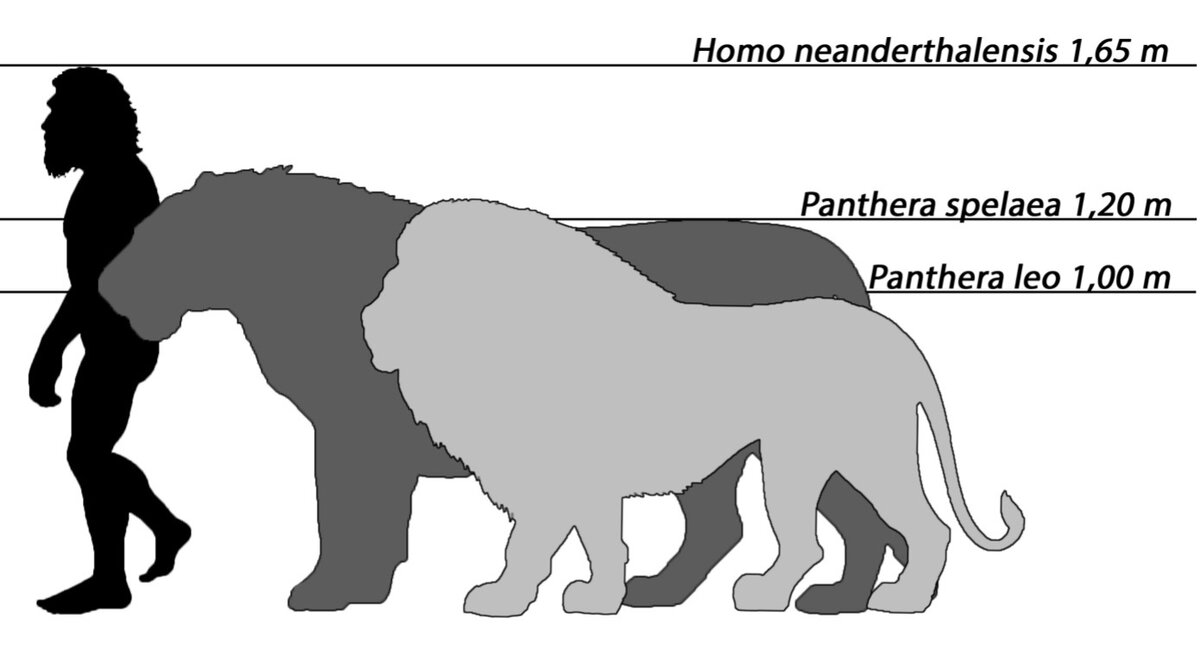Neanderthal Tools Crafted from Cave Lion Bones
Categories : Recherche Résultats
paru le 07-22-2025 (15:19) - Updated on 07-23-2025 (09:00)

An international study led by researchers from the Ghent University has published, in collaboration with the Miniaturization for Synthesis, Analysis and Proteomics (MSAP) laboratory, a groundbreaking study in Scientific Reports: for the first time, direct evidence shows that Neanderthals crafted tools from the bones of cave lions (Panthera spelaea).
The discovery was made in the renowned Scladina Cave, located in Wallonia, Belgium, and dated to the end of the Middle Pleistocene (approximately 130,000 years ago). Within the main archaeological layer, the team uncovered fragments of a lion tibia that had been intentionally shaped—first used as a chisel or intermediate tool, then repurposed as retouchers for the production or maintenance of flint tools.
“This is the oldest known evidence of lion bones being transformed into tools by Neanderthals. It demonstrates their adaptability, their deep knowledge of bone materials and mechanical properties, and a behavioral complexity that remains underestimated,” explains Dr. Grégory Abrams.
“Thanks to advanced proteomic techniques (ZooMS and LC–MS/MS), we were able to unambiguously confirm the origin of the bone fragments,” adds Dr. Fabrice Bray, researcher in the MSAP lab and co-author of the study. Traceological analysis of the tools revealed specific wear patterns, indicating the same bone was intentionally reused for multiple purposes.
In addition to being completely unique, these artifacts reflect a previously unknown type of relationship between Neanderthals and large predators. While the cave lion is typically seen as an ecological competitor, this study shows that Neanderthals were not only capable of defending themselves or even hunting it, but also of strategically exploiting its remains—going well beyond mere survival.

“These tools reflect a structured operational sequence and a deliberate selection of raw materials. The cave lion was not just a threat or a symbol—it was also a valuable resource,” adds Professor Isabelle De Groote, co-author of the study (Ghent University and Liverpool John Moores University).
Excavated since 1978, Scladina Cave continues to yield valuable insights into the technical, social, and cognitive capabilities of Neanderthals. This major discovery highlights the complex relationships Neanderthals maintained with large carnivores, such as cave bears, cave hyenas and cave lions. The multifunctional use of the same bone fragments further emphasizes their engineering skills.